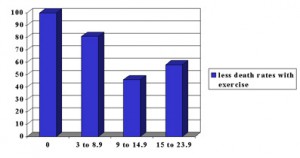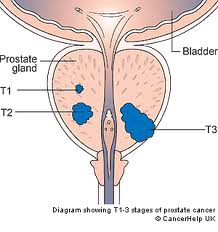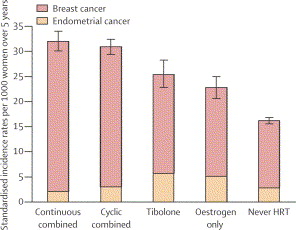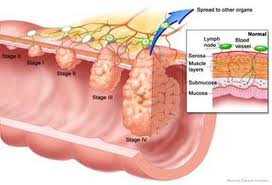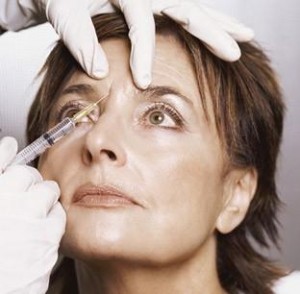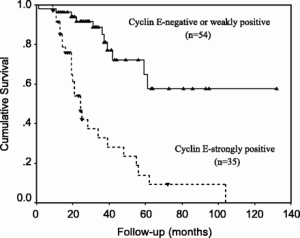Dr. John Erdman Jr. from the University of Illinois has done epidemiological studies that suggest that the red color of tomatoes, which is provided by lycopenes, is only effective against prostate cancer, if the whole tomato is consumed.
The professor of food science and human nutrition found that other phytochemicals in the tomato act in concert with lycopene to protect against cancer. To prove this more conclusively, he designed an experiment involving 194 rats with prostate cancer into three groups.
Group 1 was the control group without any detectable lycopene in their diet. Group 2 was fed the control diet with purified lycopene. Group 3 was fed the control diet with ground-up tomato paste (with seeds and skins). Group 3 was the only group where the risk of dying from prostate cancer was reduced by 30%. Group 2 rats had the same high death rates as the control group. These results were recently published in the Journal of the National Cancer Institute.
Dr. Erdman concluded that taking lycopene is not as effective as eating the whole tomato to prevent cancer of the prostate. He also suggested to use whole tomato products in tomato juice, in salads, pasta and pizzas.
Based on an article in the Medical Post, Vol 40, No.8, Feb.24, 2004 (page 33).
Link to prostate cancer chapter of the Net Health Book.
Last edited December 8, 2012


